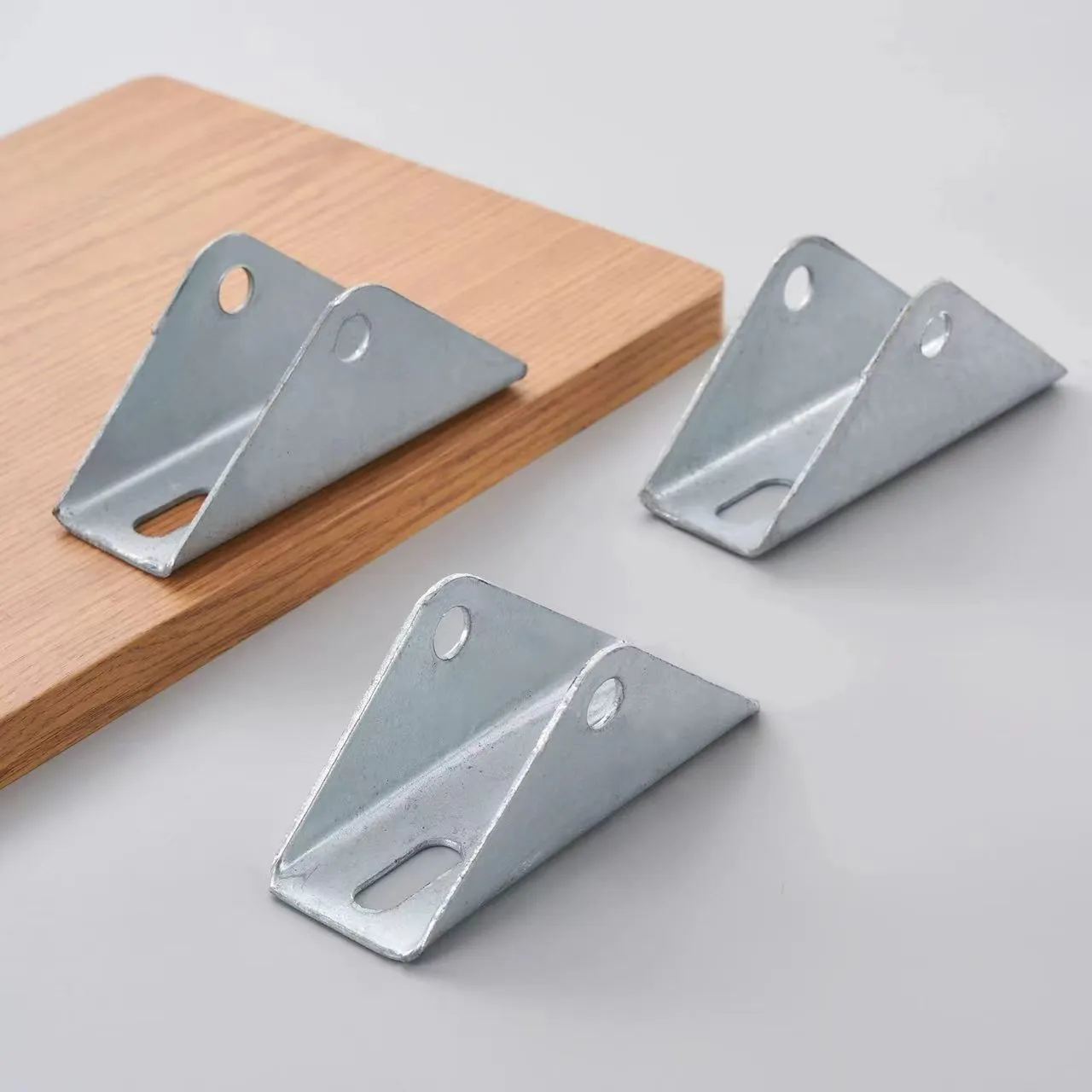

Selecting Optimal Combinations of Spring Washers and Flat Washers for Your Projects
сеп. . 28, 2024 04:02 Back to list
Selecting Optimal Combinations of Spring Washers and Flat Washers for Your Projects
Choosing the Right Combination of Spring Washers and Flat Washers
When it comes to fastening applications, selecting the right combination of washers is crucial for ensuring the integrity and durability of structures and machines. Among the various types of washers available, spring washers and flat washers are two of the most common types. Each serves a unique purpose, and understanding their functions and best applications will help you make informed decisions in your projects.
Understanding the Purpose of Washers
Flat Washers Flat washers are primarily used to distribute the load of a screwed fastener, such as a bolt or nut. By providing a smooth surface between the head of the fastener and the material being fastened, flat washers help to prevent damage to softer materials, reduce friction, and improve the overall load-bearing capacity of the assembly. They also help to prevent loosening by creating a larger surface area that can resist vibrations.
Spring Washers In contrast, spring washers are designed to provide a spring effect, absorbing shock and vibrations in a joint. They are particularly useful in applications where components are subject to dynamic loads and where maintaining tension is critical. Common types of spring washers include split washers (often called lock washers) and wave washers. Split washers, for example, are usually employed to prevent loosening under vibrational conditions by exerting a continuous force against the fastening device.
When to Use Flat Washers
Flat washers are ideal in scenarios where the load needs to be distributed evenly. For instance, in applications involving soft materials, such as aluminum or plastic, flat washers prevent deformation caused by the tightening of fasteners. They are also used in applications requiring sealing against moisture or dirt, often combined with flat surfaces that need to maintain a firm connection.
In structural applications, flat washers can be essential. The increased surface area they provide improves the overall stability of the assembly, distributing forces and minimizing the risk of joint failure under load.
When to Use Spring Washers
Spring washers are best suited for applications where vibrations are a concern. For instance, in machinery or automotive applications, components can vibrate and lead to the loosening of fasteners over time. By integrating spring washers, the lock effect they provide ensures that the fasteners remain tight even under fluctuating or dynamic conditions.
In rotating machinery, spring washers can help maintain tension in a joint, allowing for movement while still holding the components together tightly. This is particularly important in environments where there are temperature fluctuations or where the components experience thermal expansion and contraction.
choosing the right combination of spring washers and flat

Choosing the Right Combination
The effectiveness of a fastening system often relies on the right combination of flat washers and spring washers. For instance, in a bolted joint subjected to both vibration and load, using a flat washer beneath the nut can distribute the load evenly, while a spring washer can prevent loosening due to vibrational forces.
When selecting the right combination, consider the following factors
1. Material Compatibility Make sure that the materials of the washer match or are compatible with the materials being joined to prevent corrosion.
2. Load Type Analyze whether the load is static or dynamic and the potential for vibration. This will influence whether you need a spring washer, flat washer, or both.
3. Environmental Conditions Consider the operating conditions, such as temperature fluctuations, exposure to chemicals, and moisture, as these factors can impact the performance of the washers.
4. Tension Requirements Determine if maintaining tension is critical for your application. If so, pairing a flat washer with a spring washer might be the best approach.
5. Assembly Tightness Assess the need for a tighter assembly. In critical applications, combining both types of washers may improve reliability and safety.
Conclusion
In summary, choosing the right combination of spring washers and flat washers is essential for creating secure and reliable assemblies. By understanding the roles of each type of washer and analyzing your specific application needs, you can enhance the performance of your fastened joints and extend the lifespan of your structures and machinery. Always remember to consider the materials, load types, and environmental conditions to ensure optimal selection and application.
Latest news
-
Premium Fasteners Manufacturer | AI-Driven Solutions
NewsAug.01,2025
-
Hot Dip Galvanized Bolts - Hebei Longze | High Strength, Corrosion Resistance
NewsAug.01,2025
-
High-Strength Hot Dip Galvanized Bolts - LongZe | Corrosion Resistance, Custom Sizes
NewsAug.01,2025
-
Best Self Tapping Screws for Drywall - Fast & Secure Installation
NewsJul.31,2025
-
High-Strength Hot Dip Galvanized Bolts-Hebei Longze|Corrosion Resistance&Customization
NewsJul.31,2025
-
Hot Dip Galvanized Bolts-Hebei Longze Metal Products|Corrosion Resistance&High Strength
NewsJul.31,2025

